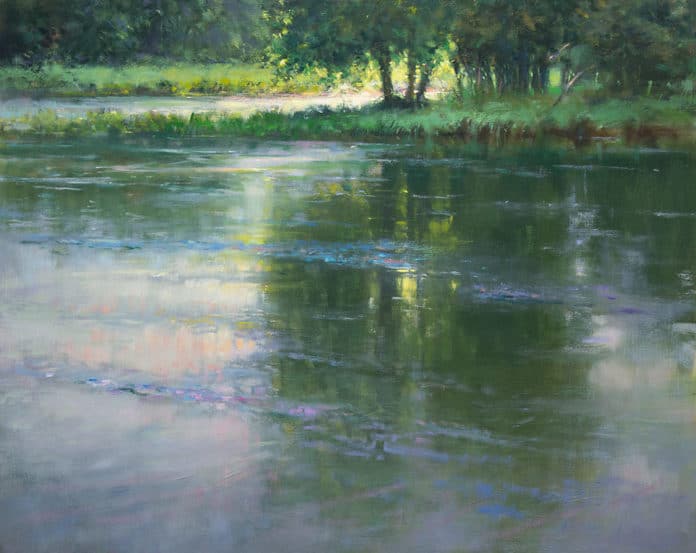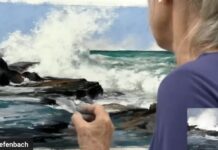How to paint landscapes > The key of a painting refers to its overall appearance in value or, more specifically, to the position of its foundation values on the value scale. John MacDonald explains.
Understanding Value Keys for Painting Landscapes
BY JOHN MACDONALD
Value Keys
The key of a painting refers to its overall appearance in value or, more specifically, to the position of its foundation values on the value scale.
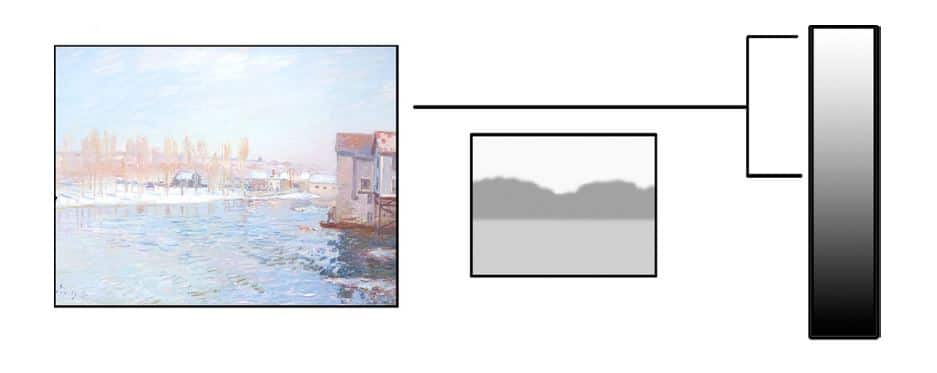
High Key: the foundation values are clustered on the light end of the value scale, with a few spotted darks and middle values as accents.
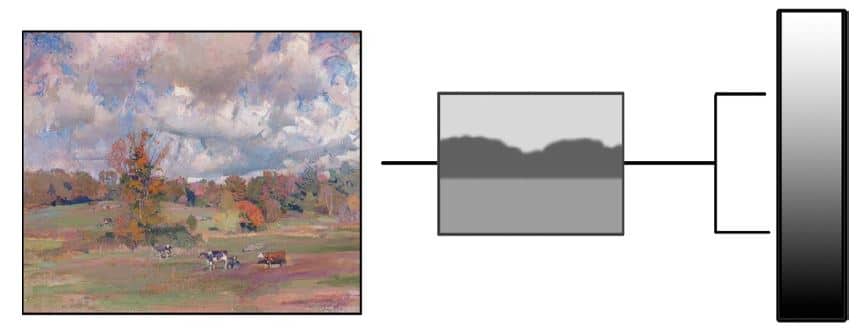
Middle Key: the foundation values are grouped in the middle of the value scale, balanced by some spotted darks and lights.
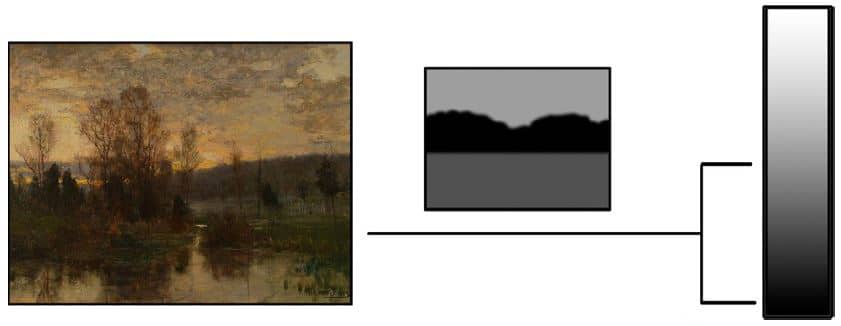
Low Key: the foundation values are on the dark end of the value scale, with a smattering of middle or lighter values as highlights.
The Challenge of Working in Value Keys
It’s easy to see whether a single foundation value is lighter or darker than another, e.g., to see that a bright sky is lighter than a band of dark trees. It’s more challenging to determine the amount of the difference — the relationship between the values. Where the values are placed on the value scale will make or break a painting. The relationships must be as accurate as possible! It’s this need for accurate seeing and placing of values that can make working in value keys so difficult.
Working within a limited value range requires a firm understanding of foundation and secondary values, the skill to see and capture value relationships, and an awareness of the relationship between value and color. It’s difficult — but this is no excuse to avoid painting in keys. Regardless of our skill level, working in keys is superb training for developing an eye for values and their relationships to each other.
The success of a keyed painting depends on our establishing subtle and accurate value relationships. By creating an underpainting, we can focus exclusively on values, making the task of identifying and establishing the relationships much easier.
Related Article > Painting Basics: Understanding Value
How to Paint Landscapes: More Painting Tips on Understanding Value
Value key and value contrast are not synonymous
Keyed paintings, by definition, have a limited value range and thus limited contrast. Generally, a painting with uniformly low contrast is boring. Some areas of high contrast are nearly always necessary to create interest in the image. Look at any successful high or low key painting and you will nearly always see a few small, bright highlights and/or small, dark shadows that break the “rule” of the key. These are necessary to bring life to the painting.
To key or not to key. . .
It’s not necessary at all for a painting to have a key. The decision to use a key depends on your intention. What are you trying to say in your painting? If using a key helps you convey your message, use it. If not, then don’t bother.
Avoiding evenly spaced values
When painting in a key, with its limited room for error in establishing value relationships, it’s even more crucial to avoid spacing the values evenly. After establishing the value structure of a painting, take a moment to ensure that the values are unevenly located on the value scale.
Keys and plein air painting
When painting en plein air, the direction of our view in relation to the location of the sun will dramatically affect the values in the scene (see the March–April 2018 newsletter with more tips on how to paint landscapes). Here’s a brief summary of how our viewpoint affects the values we see:
Looking into the sun — contre-jour — the values are often grouped at the light and dark ends of the value scale, with fewer middle values and with little color contrast.
When looking directly away from the sun, values tend to be gathered in the middle of the value scale with spotted highlights and dark shadows. It’s a mid-key scene. Colors — and color contrasts — will dominate.
With the viewpoint 90° to the angle of the sunlight, there is usually an even spread of values with no key. Remember, however, that we’re not beholden to nature’s values. Use them if they work in the painting. If not, invent them.
Learn More From John MacDonald:
Website | Newsletter | Video
Preview “Creating Dynamic Landscapes” here:
Upcoming travel and art events with Streamline Publishing:
> Click here to subscribe to the free newsletter, Plein Air Today
> And click here to subscribe to PleinAir Magazine so you never miss an issue!

